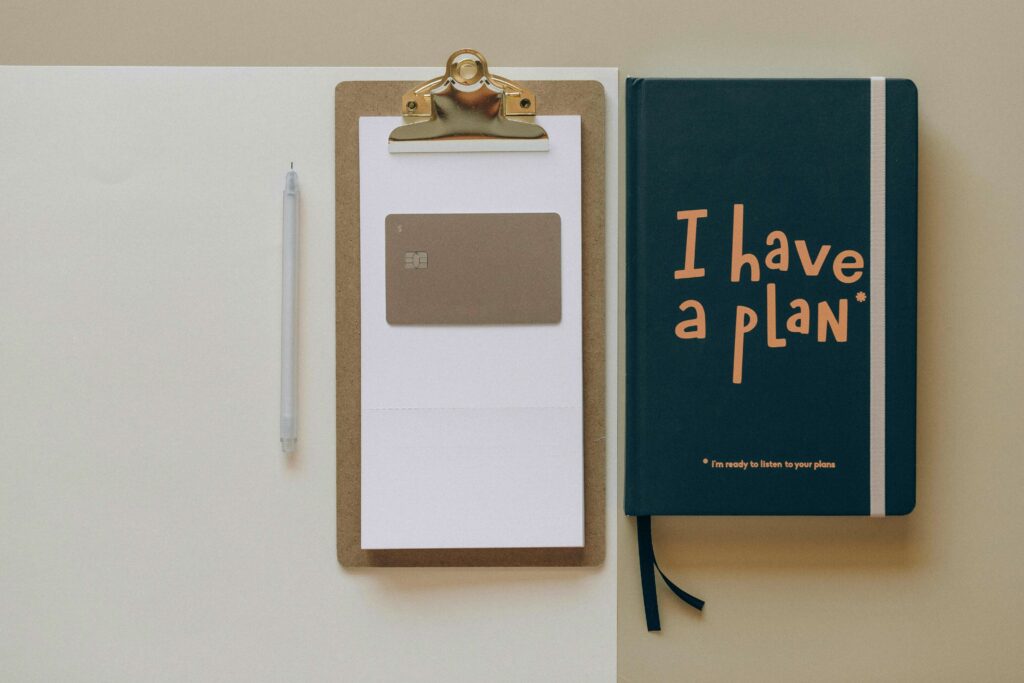Understanding the Basics of Credit and How to Build It
Your crash course in credit—minus the financial jargon headache.
Let’s be honest: most of us didn’t learn about credit in school. Nobody pulled us aside after Algebra II and said, “Hey, here’s how credit actually works and why it can impact almost everything in your adult life.”

So instead, we figured it out the hard way—late payments, declined applications, mysterious credit scores that go up and down like mood swings.
But understanding credit doesn’t have to feel like decoding hieroglyphics. Whether you’re starting from scratch or trying to clean up a messy credit history, this guide is your clear, no-fluff intro to what credit actually is—and how to build it smartly.
First Things First: What Even Is Credit?
Credit is your financial reputation. Simple as that.
When a lender—like a bank, credit card company, or car dealership—decides whether to let you borrow money, they look at your credit to decide: “Can I trust this person to pay me back?”
Your credit tells a story. And that story is captured in one powerful number: your credit score.
Credit Score 101: Breaking Down the Mystery
Your credit score is usually a three-digit number between 300 and 850. The higher the number, the more trustworthy you appear as a borrower.
Here’s a general breakdown:
- 300–579: Poor
- 580–669: Fair
- 670–739: Good
- 740–799: Very Good
- 800–850: Excellent
But how’s that number calculated? Great question.
The 5 Key Ingredients:
- Payment History (35%)
Did you pay your bills on time? This is the biggest factor.
- Credit Utilization (30%)
How much of your available credit are you using? Keeping it below 30% is ideal.
- Length of Credit History (15%)
The longer you’ve had credit accounts open, the better.
- Credit Mix (10%)
A mix of cards, loans, etc. shows you can handle different types of credit responsibly.
- New Credit (10%)
Too many recent applications can raise red flags.
Why Does Credit Even Matter?
Because it’s tied to so much more than just getting a credit card.
Good credit can help you:
- Get approved for apartments (yes, landlords check)
- Qualify for better interest rates on loans
- Save money on insurance premiums
- Even land jobs (some employers do a soft pull on your credit)
Bad credit? It’s like trying to run a marathon with a backpack full of bricks. It slows down everything.
How to Start Building Credit (Even If You’re Starting from Zero)
Building credit isn’t just for people with mistakes to fix. If you’re young or new to the system, you’ve got a clean slate—and that’s golden. Here’s how to use it wisely.
1. Apply for a Secured Credit Card
These are great for first-timers. You’ll put down a deposit (say $200), and that becomes your credit limit. Use it responsibly, and it reports to the credit bureaus just like a regular card.
2. Become an Authorized User
If a family member or trusted friend has a solid credit history, they can add you to their card. You don’t even have to use it—just being on the account can boost your score over time.
3. Pay On Time—Every Time
This cannot be overstated. Even one late payment can ding your score significantly. Set reminders. Use autopay. Do whatever it takes.
4. Keep Balances Low
If your card has a $1,000 limit, don’t carry a balance of $900. Aim to use 30% or less of your available credit—so in this case, keep it under $300.
5. Don’t Open Too Many Accounts at Once
Every credit inquiry drops your score a few points temporarily. Applying for five cards in a weekend? Not a great look.
Already Have Credit? Here’s How to Make It Stronger
If your credit’s not terrible, but not great—don’t stress. Here’s how to keep it moving in the right direction:
- Set calendar alerts for all bill due dates
- Request credit line increases (if you’re using credit responsibly, this lowers your utilization ratio)
- Check your credit report regularly at AnnualCreditReport.com—it’s free once a week
And if you find an error (like an account you didn’t open)? Dispute it immediately. Credit errors are more common than you’d think.
Credit Myths You Can Ignore Right Now
Let’s bust a few common credit misconceptions:
- “You need to carry a balance to build credit.”
Nope. Pay it off in full each month. Interest is not your friend.
- “Checking your score hurts your credit.”
Only hard inquiries (like applying for a loan) impact your score. Soft checks—like when you check your own—don’t hurt at all.
- “Debit cards help build credit.”
False. Only credit products (loans, credit cards, etc.) are reported to credit bureaus.
A Quick Word on Credit and Mental Health
Your credit score doesn’t define you. It’s just a number that reflects a series of financial decisions. And sometimes, life throws curveballs—unexpected medical bills, job loss, emergencies—that can damage your score through no fault of your own.
If that’s you? Breathe. You can recover. Credit is rebuildable. Step by step. Month by month.
The shame spiral ends here.
Final Thoughts: Credit Is a Tool—Not a Trap
Used wisely, credit is a powerful asset that opens doors. Used recklessly, it can spiral into stress.
The key is to stay proactive, informed, and patient. Whether you’re starting from scratch, rebuilding, or just trying to reach that “excellent” tier, remember: it’s a journey, not a race.
Track your habits. Celebrate progress. And keep learning.
Because the moment you understand credit, you stop fearing it—and start using it to your advantage.







